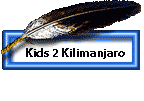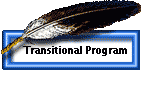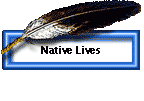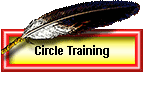
“You have noticed that everything an Indian does is in a circle, and that is because the Power of the World always works in circles, and everything tries to be round. The sky is round, and I have heard that the earth is round like a ball; and so are all the stars. The wind, in its greatest power, whirls. Birds make their nest in circles, for theirs is the same religion as ours. Even the seasons form a great circle in their changing, and always come back again to where they were. The life of a man is a circle from childhood to childhood, and so it is in everything where power moves.” – Black Elk (1863-1950), Oglala Sioux Holy Man.
Why “Restorative Justice”?
- a criminal justice system in which justice is handed down unevenly, often depending on economic status, skin color,and/or rigid laws that apply to a few select offenses.
- a prison system that punishes rather than rehabilitates, where “offenders” are not expected to re-offend even though they are released back into society unchanged — and feeling no connection with the society in which they live.
- school programs targeting youth problems like alcohol and other drug abuse, unwanted pregnancy, and violence that use techniques and information that have little effect.
- drug policy that (a) seems to replicate the failure of Prohibition but (b) ironically, often ignores alcohol.
There are many more examples, from “Just Say No” to the cycle of incarceration and re-offending that has become part of the fabric of life in many of our inner cities. One of the net results is that America is locking up her youth — our future — at rate that far exceeds that of the rest of the industrialized world as well as many so-called “developing” countries. Our youth’s problems with violence, drugs, teen pregnancy, and other issues persist, and yet much of the country still seems invested in repeating the cycles of the past: “toughening up”laws and lengthening prison sentences, trying 17-year-olds and even younger children as adults, and forging ahead with questionable school programs — even those that have been demonstrated to be ineffective.
However, in some parts of the United States, Canada, and their Native nations,communities have chosen to listen to the past, and to the traditions of our Native peoples, in seeking solutions to these problems — which are, in reality, community problems. After all, for hundreds of years, many Native communities had little or no crime, no talk of a “generation gap,” and raised children who possessed a strong sense of belonging and responsibility to their community.














